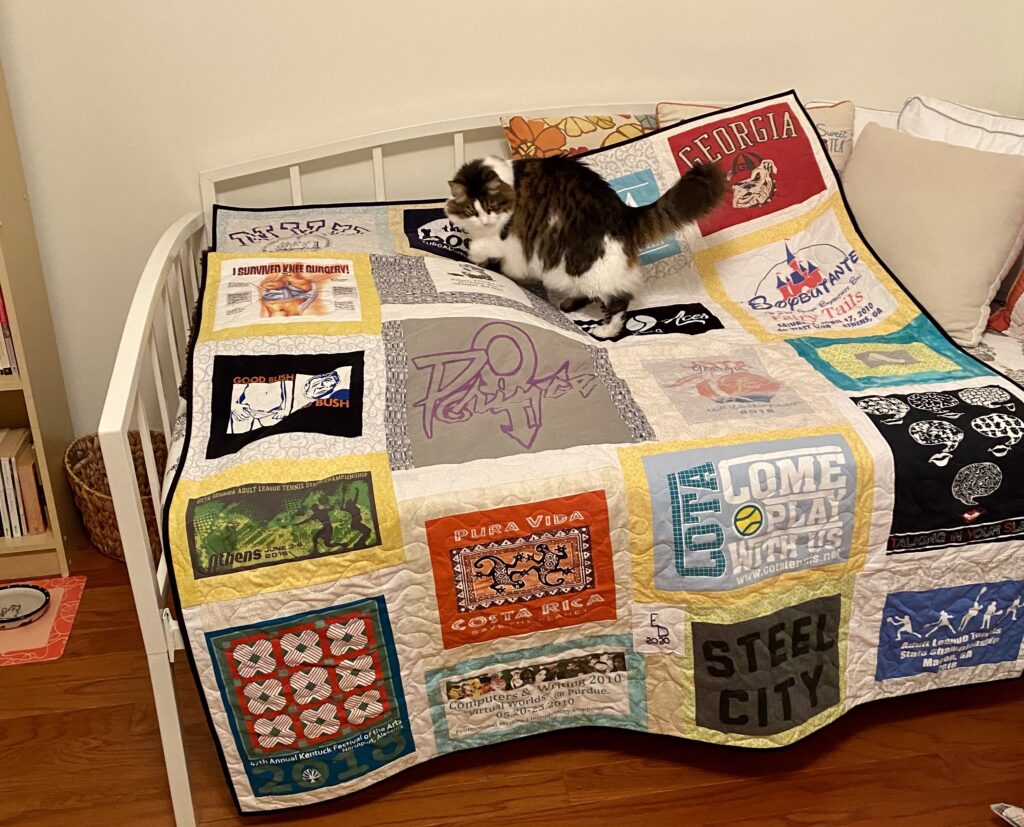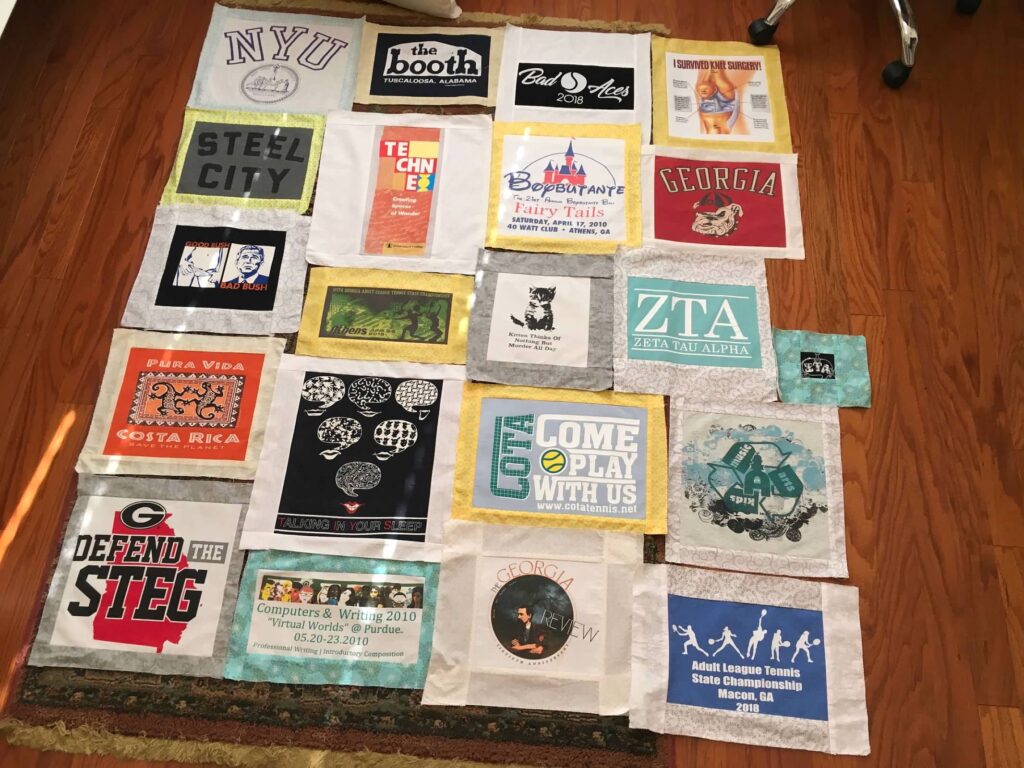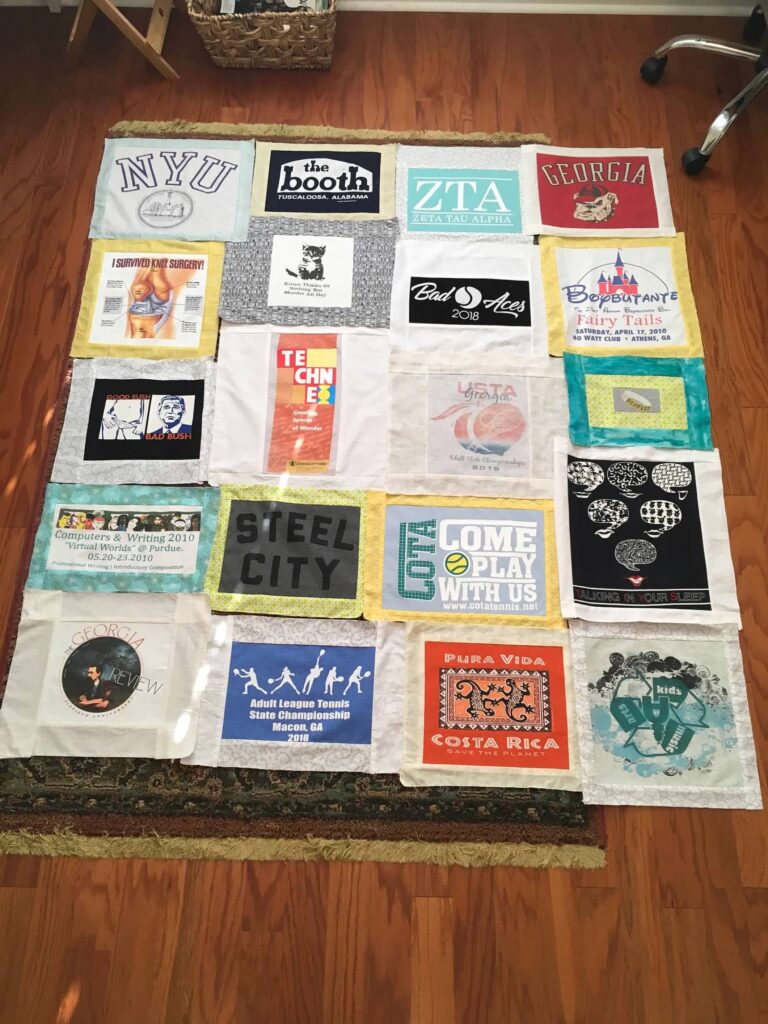Summer 2020. It likely won’t be one many of us will look back on fondly, that’s for sure. For me, it was a litany of disappointment:
USTA State Championship tournament in Rome in early May. Canceled. My favorite professional conference, Computers and Writing, in mid-May in North Carolina. Canceled. Weeklong trip mid-June to visit one of my besties in Arizona for a Scottsdale, Sedona, South Rim mini road trip. Canceled. Our family beach week at Grayton Beach the first week of July. Canceled. My neighborhood pool opening for the summer. Canceled. My summer tan. Well, not completely canceled, but certainly not what it should have been.
A string of canceled plans and an increasingly severe case of cabin fever. Not to be ungrateful – I’m certainly thankful that was the only fever I got and I am so fortunate to have been able to stay safe at home as the temperatures and case numbers rose in this summer of no love. I did at least get to get back out on the tennis court when the USTA and our local parks gave the go ahead in early June and that was a lifesaver. Hitting a tennis ball has never felt so good as it has the past few months.
Of course, every summer I have a lot of work to do. Just because I’m not teaching, that doesn’t mean I don’t have a full to-do list. Usually, I have a research agenda of my own that I try to make some progress on and I always spend time planning for the next year’s classes. This year, the course planning part was particularly fraught and difficult. What would UGA be doing for Fall 2020? How could I plan for my classes in such an uncertain and challenging situation? What kinds of new techniques, tools, and approaches was I going to have to use – hybrid, HyFlex, remote-synchronous-online-asynchronous-F2F-WTF? At least I have a good friend and colleague I could talk through that particular problem with on our regular socially distanced walks/bitch-fests!
The research, though? I just didn’t have any motivation for that. What difference does it make, right? I didn’t have the mental bandwidth to deal with thinking about stuff (other than teaching, which was a serious problem I had to solve) in any serious way this summer. But idle minds are the devil’s playground, so I had to find some way to keep my brain from going into the dark places where it might make trouble. It had to be something that forced me to focus, to shut out the fear and uncertainty for a while, to make me use the problem-solving parts of my brain but in different ways than I am used to.
So I made a quilt.

Well, technically, I made a quilt top. A couple of years ago, I got sucked into a rabbit hole on Pinterest, as you do, looking at pictures of t-shirt quilts. I’ve got a lot of t-shirts. A LOT. Every Computers and Writing conference, every tennis tournament, every trip – they all bring new t-shirts to my overstuffed drawers. As a committed minimalist who has been on a decluttering mission since before Marie Kondo became a household name, I figured a t-shirt quilt would allow me to unstuff the drawers and still hold on to some shirts that represented things that mattered to me.
I started the whole project kind of half-heartedly as an experiment with my new sewing machine. I dutifully purchased fusible interfacing (for stabilizing the stretchy t-shirt fabric), a quilt block cutting board, a handful of fat quarters in some pretty neutral patterns. I wanted to create a quilt that wasn’t just straight symmetrical rows like so many I saw online. I wanted something more like a real, handmade quilt. More like the folk art that quilting actually is (I’ve fallen in love with the quilt art of Rosie Lee Tompkins) . I made about 4 quilt blocks – the piece of t-shirt with material sewn around it to create a square.
And then I did nothing. For a while. Over a year, at least.
But then came the summer of COVID (see above, re: stress) and that quilting project seemed like it might just be the thing to keep me busy. To my utter astonishment, I managed to complete the entire quilt top before the start of the semester. And along the way, I discovered that the whole process was one of composition, the very subject I teach and specialize in. How? Let me tell you how making a quilt is the same as writing:
- It starts with an idea, an exigence.
- It requires research.
- It requires some pre-writing (those initial experiments in creating squares).
- It may get put aside for a while. Sometimes even a long while.
- It requires organizing material into a “shape” (figuratively and sometimes literally).
- It requires tearing up and out the things in the first draft that don’t work. Which can hurt.
- It requires creating new segments and sections to replace the pieces that don’t work. And some reorganization to make it cohesive and unified.
- It requires attention to style, voice, and point-of-view.
- It requires careful editing and proofing.
- It often requires experts at the end to craft it into the product. In the case of my quilt, the top I made will be going to a quilter with a longarm quilting machine to put it together with the backing, batting, binding, and stitch in the quilt pattern. But I remain the author.






This project helped remind me of how hard writing is. How frustrating. You know what tool I used the most this summer in my quilting project? The sewing machine? My scissors/roller cutter? The iron? Nah. The seam ripper. I can’t tell you how many times I had to take things apart. Ripping out seams and stitches. Revising. Making something that wasn’t working work right. It was hard. It was frustrating. It was time consuming and required a lot of creativity to solve the problems that always threatened to undermine me. The finished product looks a good bit different from the first draft, but I love it and it is true to my vision for this quilt. So here it is – the process in a series of pictures…
It starts with a few pieces. A few pieces become a larger bundle. And then you have a first draft laid out. But there were issues with that first draft – things that didn’t fit together right. So you do a second draft. But it takes a bit more revision before it can finally all be sewn together. Some pieces from the second draft had to be moved or replaced. But here it is. The finished quilt top. Signed by the author.
And that is the most important thing to remember, my writers. The end result, no matter how difficult the process, is what matters and achieving your aim is worth every ounce of blood (there was some of that – damn pins and needles!), sweat, and tears! So let’s get to work.
